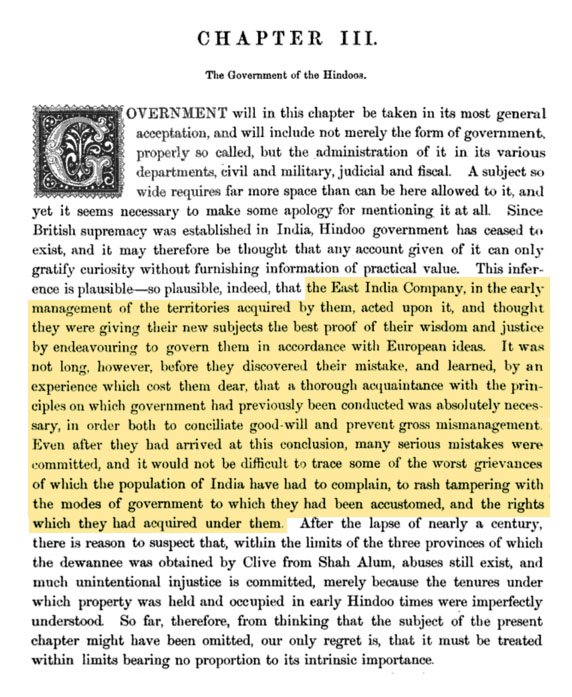Dharampal (The Beautiful Tree) has effectively debunked the myth that Dalits had no place in the indigenous system of education. Sir Thomas Munro, Governor of Madras, ordered a mammoth survey in June 1822,
1/ 24
2/24
3/ 24
4/24
5/24
6/24
7/ 24
8/24
9/24
10/24
11/24
12/24
13/24
14/24
15/24
16/24
17/24
18/24
19/24
20/24
21/24
“…more persons in India become every year Brahmanists than all the converts to all the other religions in India put together...these teachers address themselves to every one without distinction of caste or of creed;
22/24
23/24
24/24
hinduwisdom.info/Education_in_A…
1/15
2/15
He also proved by reference to other materials that Adam’s record was ‘no legend’.
3/15
4/ 15
5/15
6/15
7/15
8/15
9/15
10/15
11/15
12/15
13/15
14/15
15/15
hinduwisdom.info/Education_in_A…








